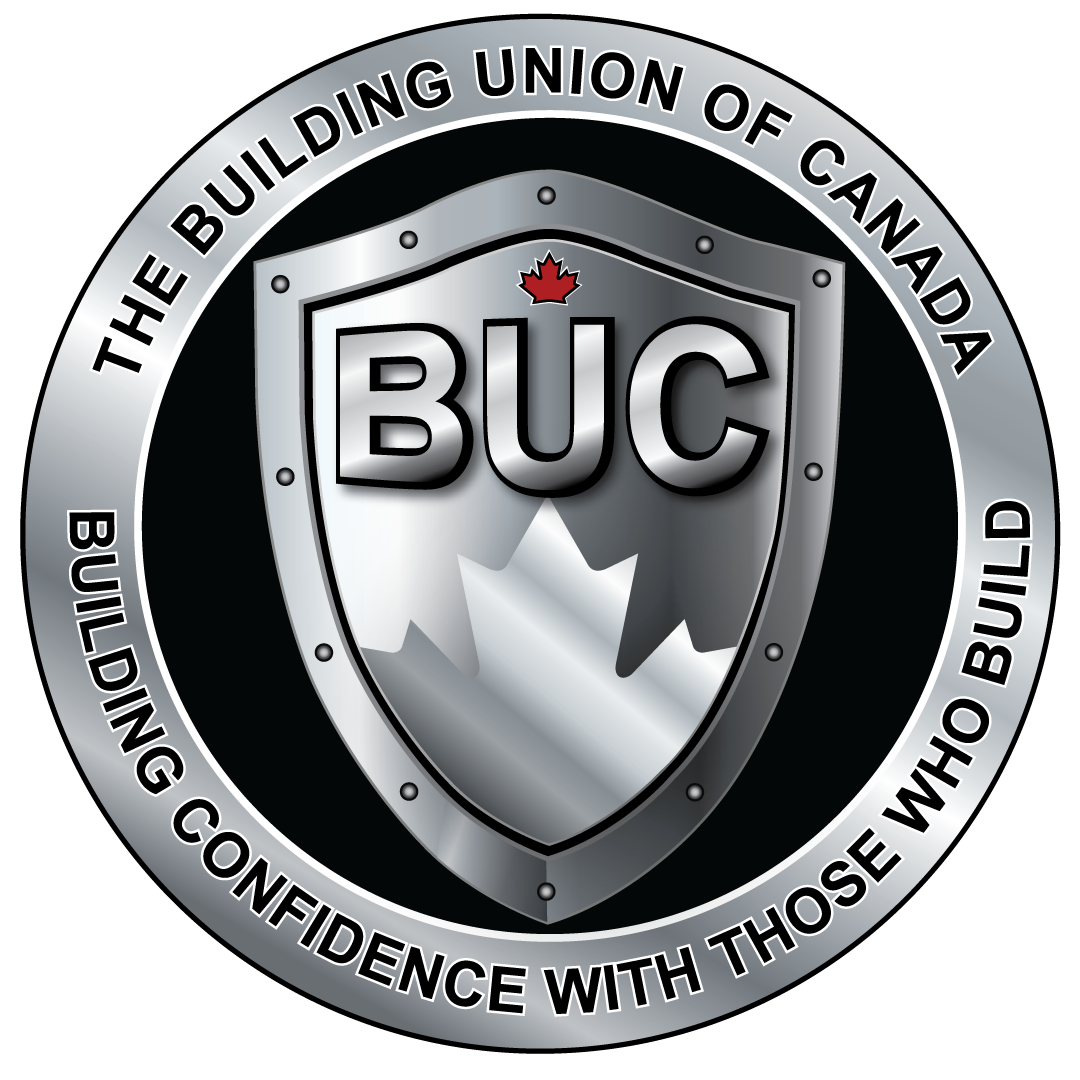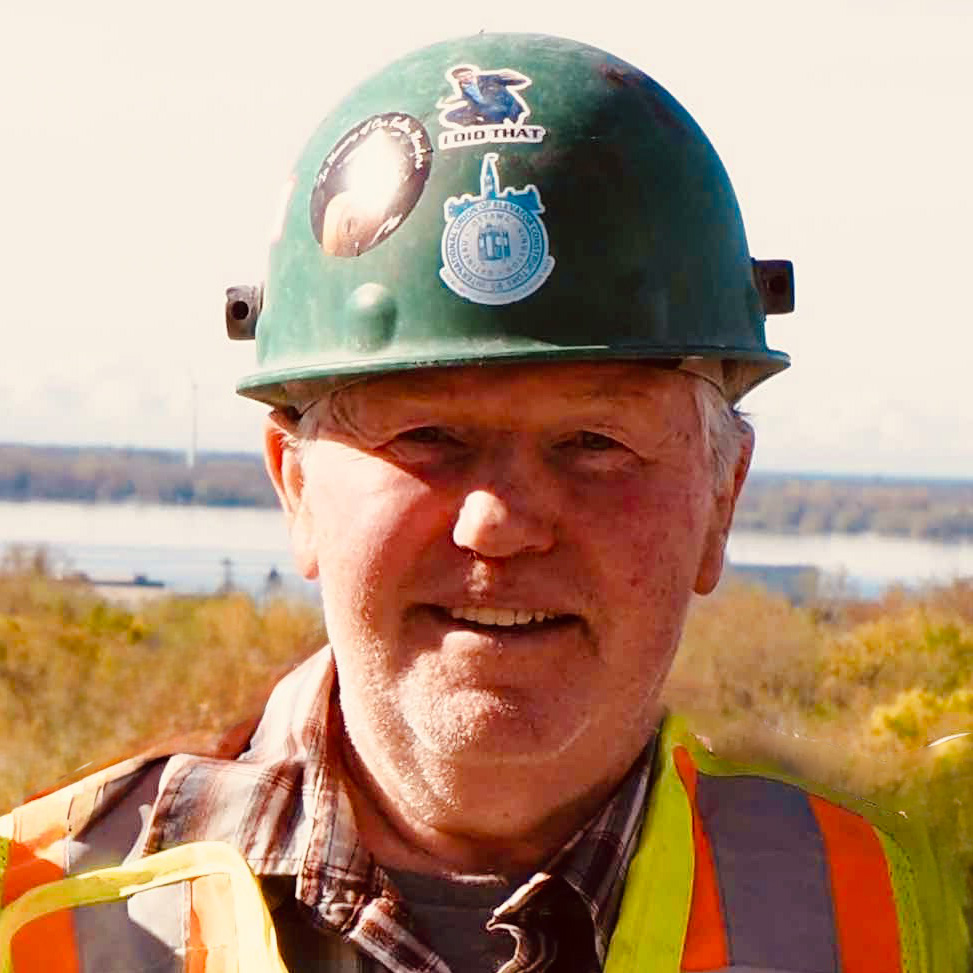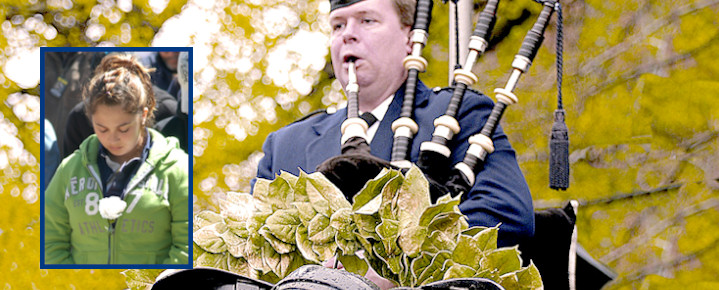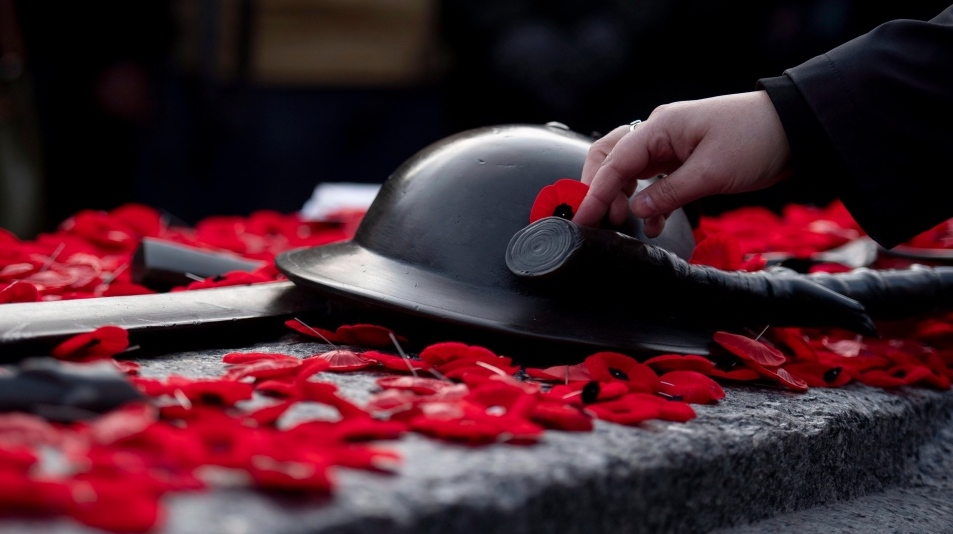Construction workers say that many work sites in Toronto deemed essential during the stay-at-home order are rife with COVID-19 rule violations, including people working in confined spaces while not wearing face masks.
However, Ontario’s Ministry of Labour and other industry groups see things differently, saying they have been impressed with most employers’ oversight during the pandemic and that the government has been aggressive with ensuring compliance.
The Star spoke to several construction workers from some of Toronto’s biggest sites, who all told similar stories: widespread disdain for masks, a lack of enforcement from supervisors regarding mask-wearing and other COVID-19 precautions, a lack of access to clean washrooms and little to no hot water for handwashing.
Many of the workers spoke on condition of anonymity for fear of jeopardizing their employment.
Workers described the culture on construction sites as one dominated by machismo, where many don’t wear masks because they believe that COVID-19 is “just a flu.” Some also described being mocked for wearing masks, and most said mask-wearing is more common in outdoor areas or when an inspector is on site; inside the structure, the masks come off.
That’s what Ian Clark, a service technician in the GTA who works on large residential projects, has seen since the pandemic briefly shut down his industry for a couple of weeks in March 2020 — the first and only time construction stopped during the pandemic.
For the majority of the pandemic, “I would put mask wearing at under 25 per cent compliance,” he said.
The companies in charge of the sites where Clark worked were hit or miss when it came to oversight, he added. On two occasions he walked off a job site because he didn’t feel safe (his company supported him).
Workers say sucking it up and coming to work sick has always been part of the workplace culture, especially since many don’t have paid sick leave — and COVID-19 hasn’t changed things.
“People have been getting sick this entire time,” said one worker, noting that his work site’s washrooms, elevators, and lunchroom are often crowded. The work site has been getting around three to five notifications of positive COVID cases a week, the worker said, but he believes there are more who just didn’t get tested.
For Ryan Robertson, the risk of working during a pandemic when COVID-19 precautions weren’t being followed wasn’t worth it.
He walked off the job in March after learning he was working alongside people who had just returned from international trips, some of whom had COVID-19 symptoms.
He says after requesting to leave, he was laid off and went on government support.
In September, Robertson decided to try working again. But after two days on a different site, he faced the same situations as he did in March, and left a second time.
Roger Tickner, president of construction safety company Tickner and Associates, says that he finds attitudes toward health and safety vary depending on the site, employer, contractor and worker.
Tickner’s company performs safety inspections for site owners and general contractors, and is now doing contact tracing and investigations seven days a week. Common issues include a lack of mask-wearing and physical distancing, he said, especially during breaks. He added that travel to and from work is a common source of virus transmissions.
He said a “whole host” of his clients are very strict when it comes to COVID-19 precautions, to the point of removing workers from job sites if they don’t comply. But he guesses this level of compliance is more common among his clients and is likely practiced by only 10 per cent of companies overall.
In construction, workers are represented by a union based on their trade, not on the workplace. So on any given construction site, there are workers represented by a number of different unions, and some who aren’t represented at all, like Clark.
This patchwork nature of construction can make compliance and tracing harder, said Tickner, with various companies and trades and unions all involved in one site.
However, he thinks the Ministry of Labour and the unions have done well “given the challenges.”
The pandemic has “shone the light on the gaps” in the construction industry as in many industries, he said, but whether that results in permanent action is yet to be seen.
‘There’s always outliers’
Despite workers’ concerns, many of the unions and other groups representing them say that during the pandemic, employers have stepped up for the most part.
Craig Bromell, president of the Building Union of Canada, said his union encourages members to treat masks like another part of their essential safety gear — “The mask is just as important as the hard hats,” he said.
Bromell said the union’s representatives visit the work sites and they’ve been “impressed” with what they’ve seen. However, he said that making sure members stay safe outside of the job is the biggest challenge.
Laborers’ International Union of North America 183, one of the largest construction union locals in Canada, did not respond to multiple requests for comment.
Unions are in a difficult position, stuck between safety concerns and keeping their members employed, said one worker. They need good relationships with contractors in order to do so, he said.
Robert Bronk, CEO of the Ontario Construction Secretariat, said it’s harder to know what’s going on at sites with no union involvement. However, he said the Ministry of Labour has been “very aggressive” with spot checks to make sure everything is up to par.
“Some people just don’t listen to the rules no matter what,” he acknowledged. “There’s always outliers.”
But on some sites at least, attitudes may be finally shifting. Around three weeks ago, Clark noted a shift toward mask-wearing and companies enforcing COVID-19 precautions.
“I would think it’s probably gotten to the point where they’re finally starting to realize that this is a serious issue,” he said.
According to Giovanni Cautillo, president of the Ontario General Contractors Association, there’s a high level of compliance on construction sites.
“Every week, the WSIB updates their COVID-19 claims awarded and currently, only 121 of almost 15,000 claims have been assigned to construction. This is approximately one half of one per cent of workplace awards,” Cautillo said in an email.
Paul Daly, vice-president of Carpenters’ Local 27, said in an email that some sites have recently started doing mandatory rapid testing multiple times a week.
One of those companies is EllisDon. It’s the general contractor for one of the buildings at The Well, where rapid testing was implemented after an outbreak that saw 68 workers test positive across Ontario’s largest construction site, which is managed by two companies, including EllisDon.
In a Feb. 8 news release, the company announced it had been testing voluntarily workers on-site since December as part of a pilot project, and has since expanded rapid testing across other sites. It also made the testing mandatory.
The project is in partnership with the provincial government.
“Currently, EllisDon is focusing on the Rapid Antigen Test Pilot on sites with large numbers of personnel and regions such as the GTA where there are high numbers of COVID-19 cases within the community. As the pilot allows, EllisDon plans to scale up mandatory testing to other sites with continued government support,” the statement reads.
Some of the workers who voiced their concerns about COVID-19 precautions and oversight were on EllisDon sites.
In an emailed statement, Steve Chaplin, vice-president of health, safety and environment for EllisDon, said the company “continues to implement and enforce the strictest regimen of precautionary measures, guided by Public Health and other leading health authorities,” including screening, temperature checks, enhanced hygiene, physical distancing, capacity restrictions, mask-wearing and educational posters.
‘I’m essential to the economy’
Colin Furness, an epidemiologist and assistant professor at the Faculty of Information at the University of Toronto, said construction sites vary greatly in size and in safety. Those that are mainly outdoors are safer during the pandemic, he noted, but regardless of the site, it’s difficult to physically distance all the time, which is why masks are so important.
“You’ve got a lot of trades going on at the same time. So there’s a lot of mixing and matching that can go on,” he said.
Furness applauded Toronto Public Health’s recent move to publicly report all workplace outbreaks by name, instead of just those deemed significant.
“I wish that had been happening since the beginning because what we don’t really have is a clear transparent set of data that tells us how much transmission is going on on construction sites,” he said. “Maybe there’s been very little, but maybe there’s been a whole lot.”
Many workers the Star interviewed questioned why their work was considered essential during the stay-at-home order, which allowed most construction to continue.
Bromell thinks if construction stopped, it would have a devastating effect on the economy. However, he also thinks the labour ministry should be sending out more inspectors to ensure all sites are complying — three to four times more, he suggested, adding he was recommending this even before the pandemic.
“When it comes to health and safety, the amount of inspectors is a joke,” he said. “If we don’t learn from this, we’re not gonna learn.”
In an emailed statement, a Ministry of Labour spokesperson said that between Dec. 1 to Jan. 31, the ministry received 541 COVID-19-related construction complaints, all of which would be investigated.
“From day one of the pandemic, our ministry has worked with the construction industry on the implementation of new health and safety guidelines on work sites, increased enforcement, and rigorous inspections,” said press secretary Harry Godfrey. “Numerous shutdowns in the spring sent a clear message that any compromise of worker safety would not be tolerated.”
Godfrey said there have been 15,000 COVID-19-related inspections in the construction industry since the pandemic began.
“Any worker in this province who feels unsafe has the right to refuse work and report their concerns anonymously to our ministry. We will not hesitate to stop unsafe work, as we have done eight more times this past month.”
Godfrey also said the Ministry has hired 100 additional health and safety inspectors and doubled the phone lines at its Health & Safety Contact Centre.
“Evidence gathered from these inspections shows the vast majority of employers and workers are following the rules. Workplace transmission on construction sites remains extremely low compared with other sectors and industries,” he said.
Clark said he thinks a stricter lockdown would help more than a crackdown by the Ministry of Labour.
However, he said he understands why construction was largely left unscathed: “I’m not an essential worker, I’m essential to the economy.”








